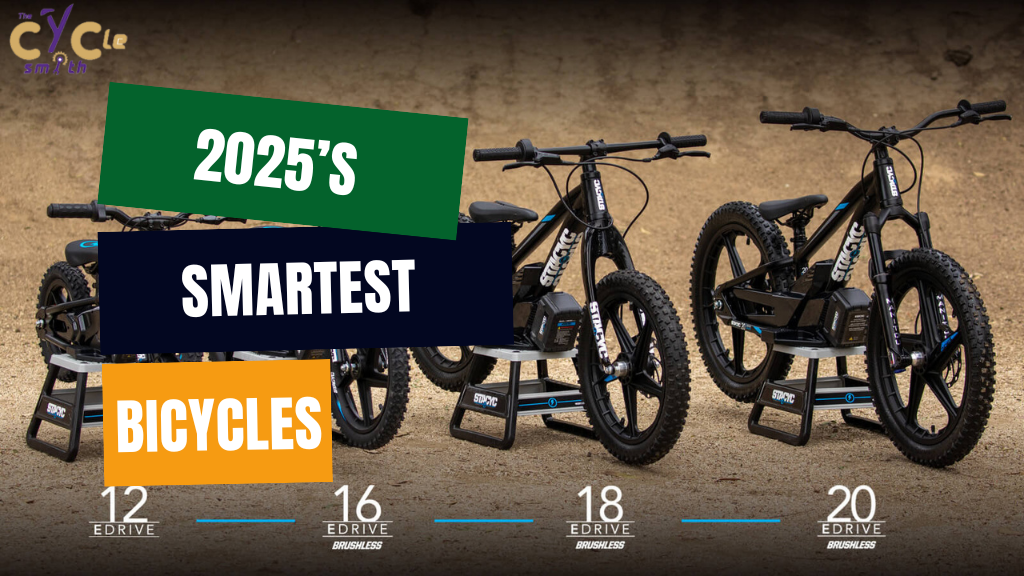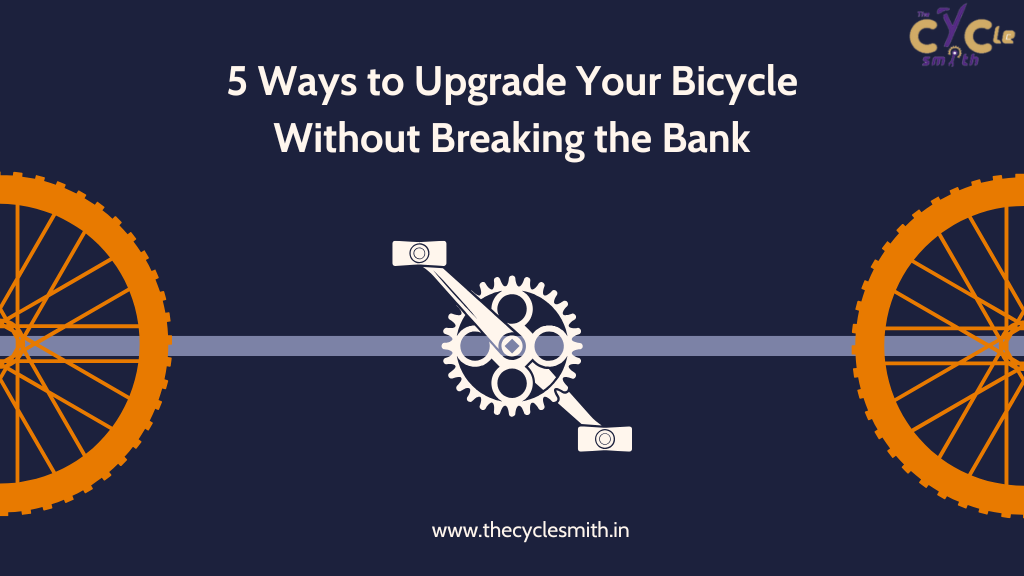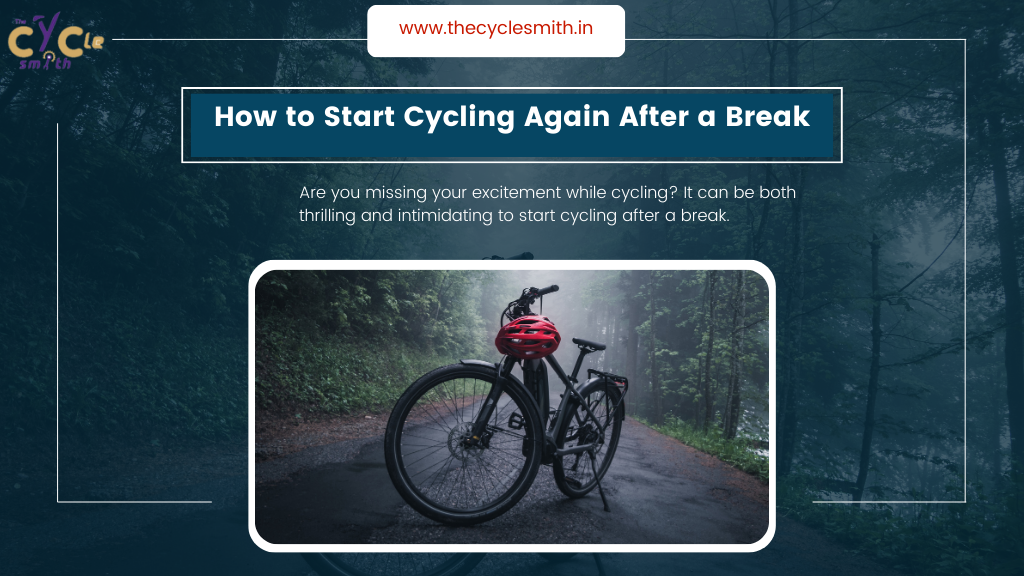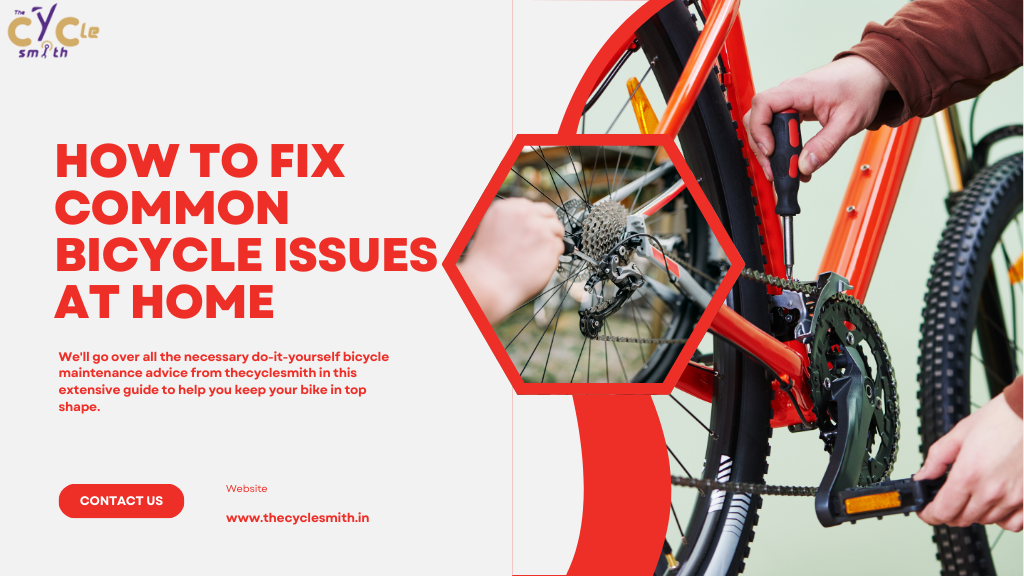Cycle Smith Presents IIMT Titles 2025 – Celebrating Talent, Creativity & Campus Culture
Cycle Smith Presents IIMT Titles 2025: A Grand Celebration of Campus Talent We believe in more than just promoting fitness and sustainable mobility — we believe in promoting youth, creativity, and campus culture. This year, we proudly stepped forward as the official presenter of IIMT Titles 2025, one of the most dynamic cultural competitions at IIM Trichy. Held on November 6, 2025, at the vibrant Amphitheater, Academic Block, the event brought the campus together for an unforgettable evening of music, dance, theatre, and pure artistic energy. Why Cycle Smith Supports Cultural Talent Cycle Smith has always stood for movement — whether it’s physical movement through cycling or creative movement through art and expression. By associating with IIMT Titles 2025, our goal was: To inspire students to express themselves To support young performers in their artistic journey To contribute to a vibrant, motivated, culturally rich campus environment To strengthen our roots within the student community We are proud to say the event lived up to every expectation. A Power-Packed Cultural Evening IIMT Titles 2025 showcased the best talent across three major cultural segments: Voice of IIMT – Music Competition The amphitheater echoed with powerful vocals, melodies, and high-energy performances. Students displayed remarkable stage presence and musical diversity. Groove Master – Dance Competition Dancers lit up the stage with hip-hop, freestyle, contemporary, and fusion styles. The energy was infectious, and the performances proved why student talent deserves a spotlight. Monoact Maestro – Theatre Performance The mono-act category highlighted intense emotional storytelling and dramatic brilliance — all delivered by individual performers who held the entire audience’s attention single-handedly. Cycle Smith at the Heart of Student Culture Our collaboration with the cultural club Rangmanch helped elevate the event’s identity. While the performers stole the show, we were thrilled to support the stage, experience, and celebration behind them. Supporting events like IIMT Titles is our way of staying connected to the campus community and contributing meaningfully beyond traditional brand promotions. Event Highlights Date: 6 November 2025 Venue: Amphitheater, Academic Block, IIM Trichy Presented by: Cycle Smith Associated Club: Rangmanch (Cultural Club) Includes: Music, Dance & Mono-Act Competitions Audience: Internal campus event for IIMT students Why We Will Continue Supporting Student Events Culture is movement. Creativity is movement. Growth is movement. And Cycle Smith celebrates every kind of movement. We are committed to continuing our association with: Cultural events Fitness initiatives Campus talent showcases Youth-centered activities Because the Cycle Smith community grows stronger when young performers grow stronger. Looking Forward to More Campus Collaborations IIMT Titles 2025 was a memorable success, and we are honored to have played a significant role in it. Cycle Smith will continue partnering with institutions, clubs, and student communities to encourage artistic expression and active lifestyles.
Cycle Smith Presents IIMT Titles 2025 – Celebrating Talent, Creativity & Campus Culture Read More »












